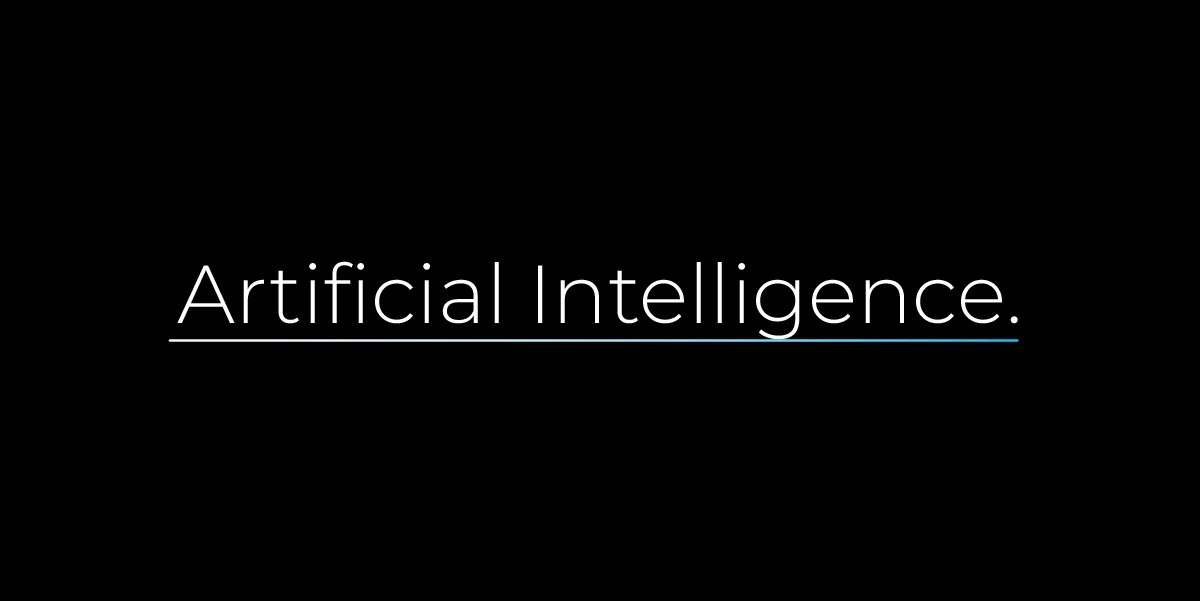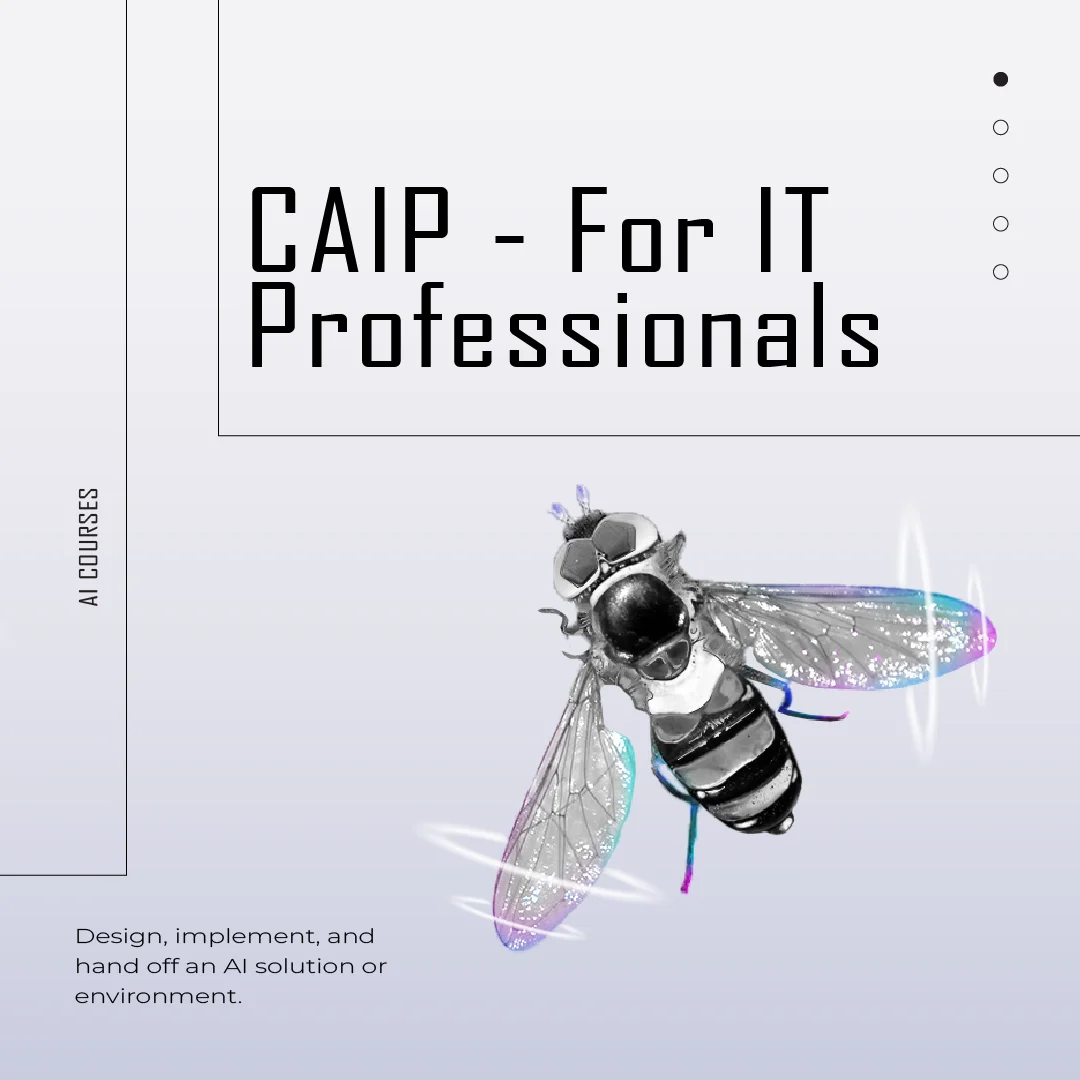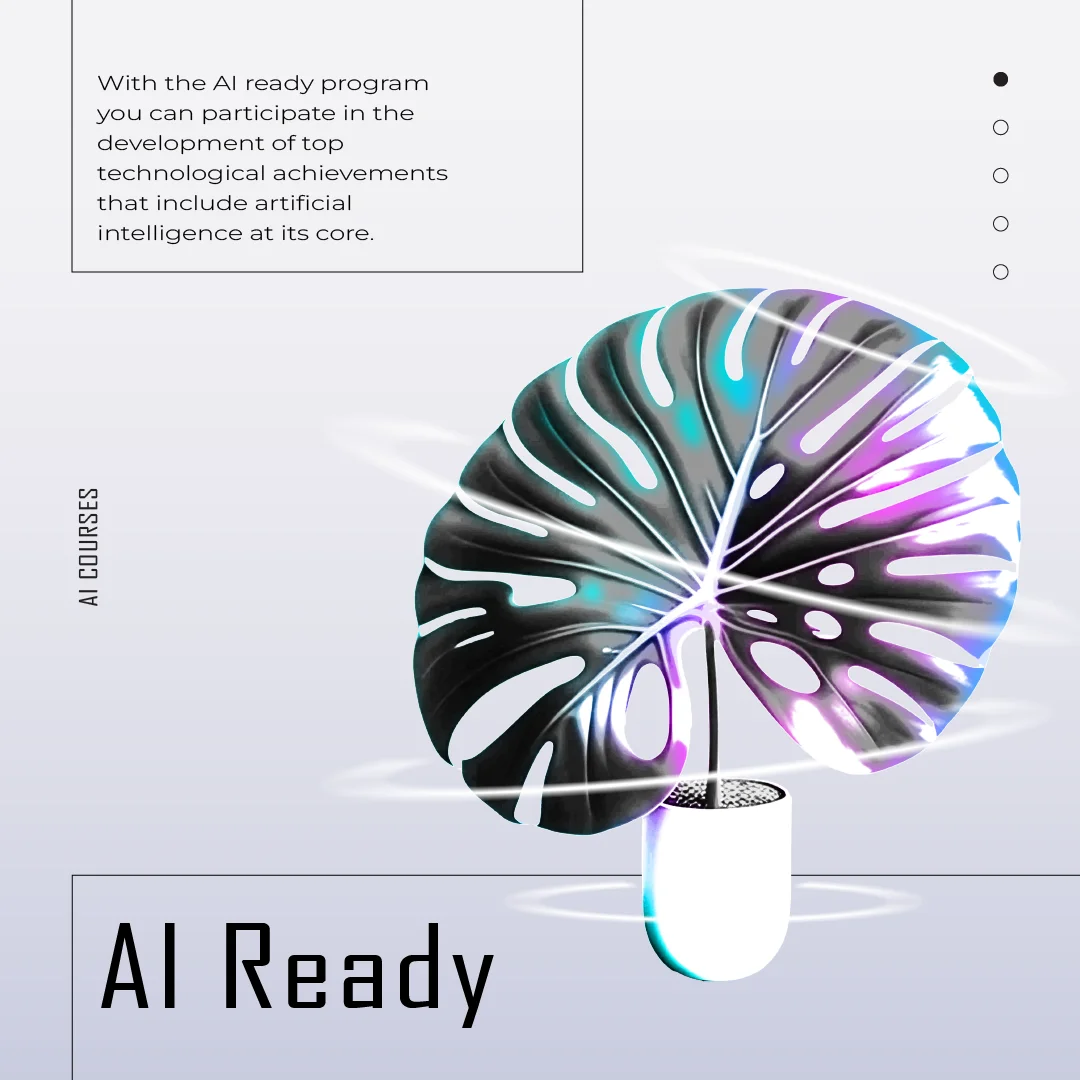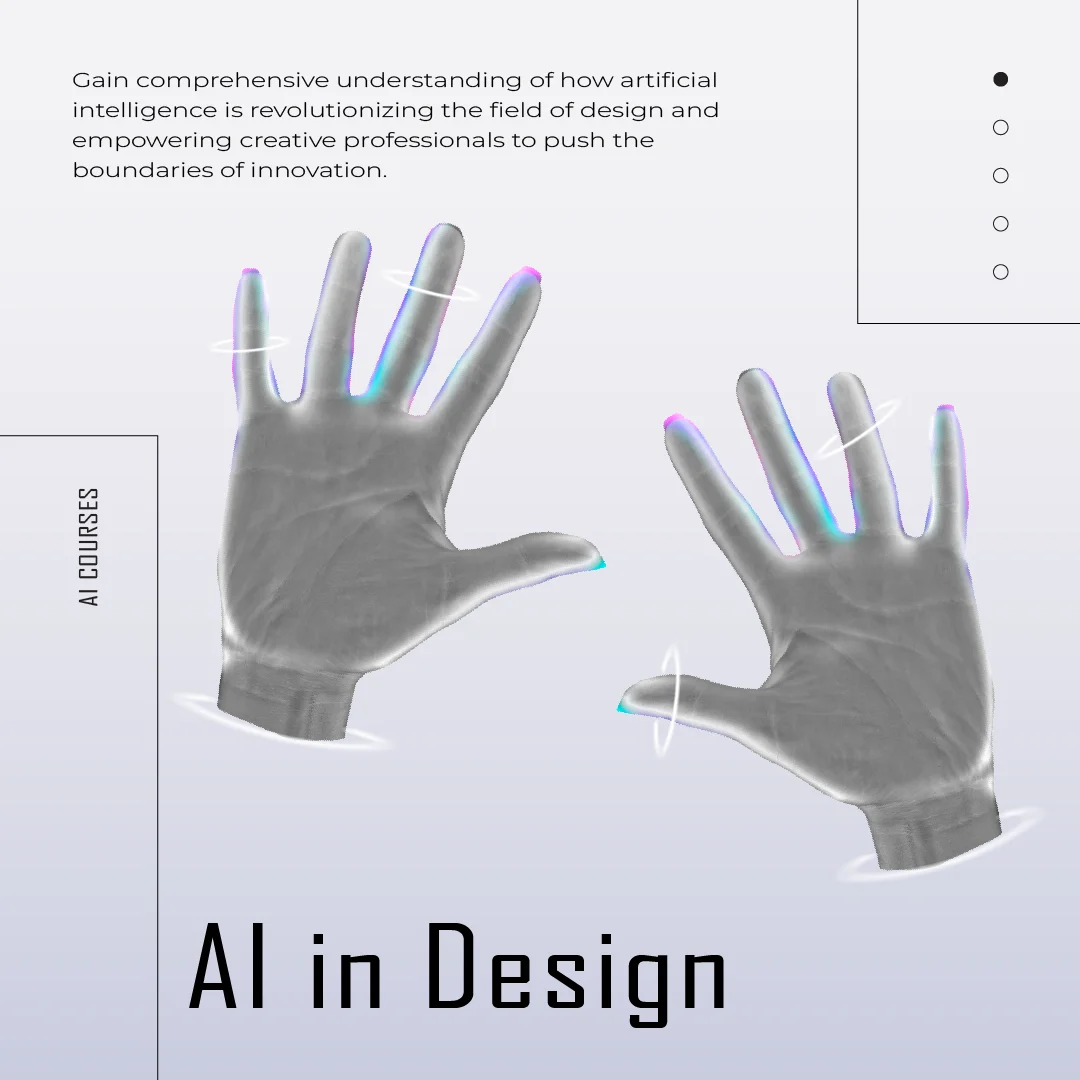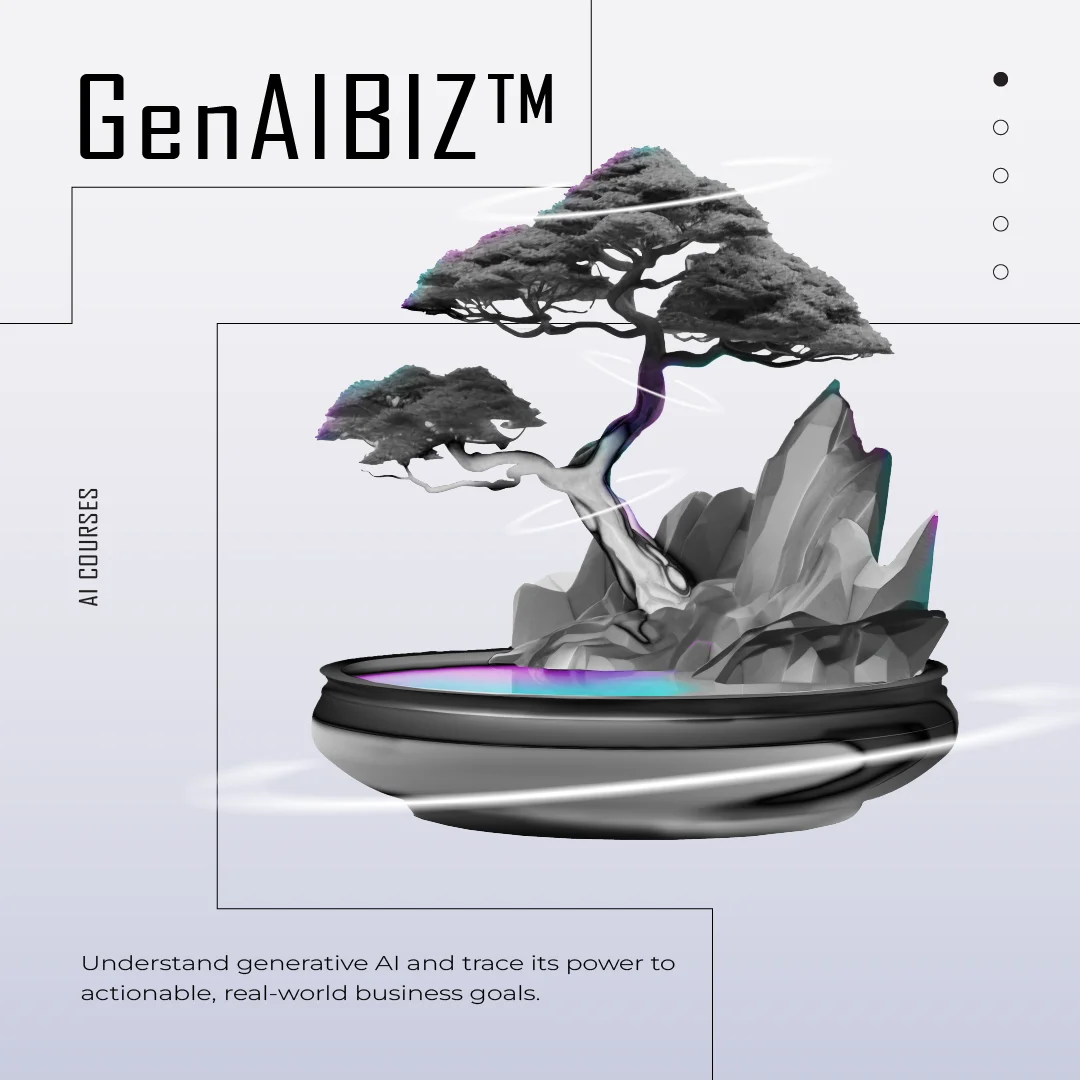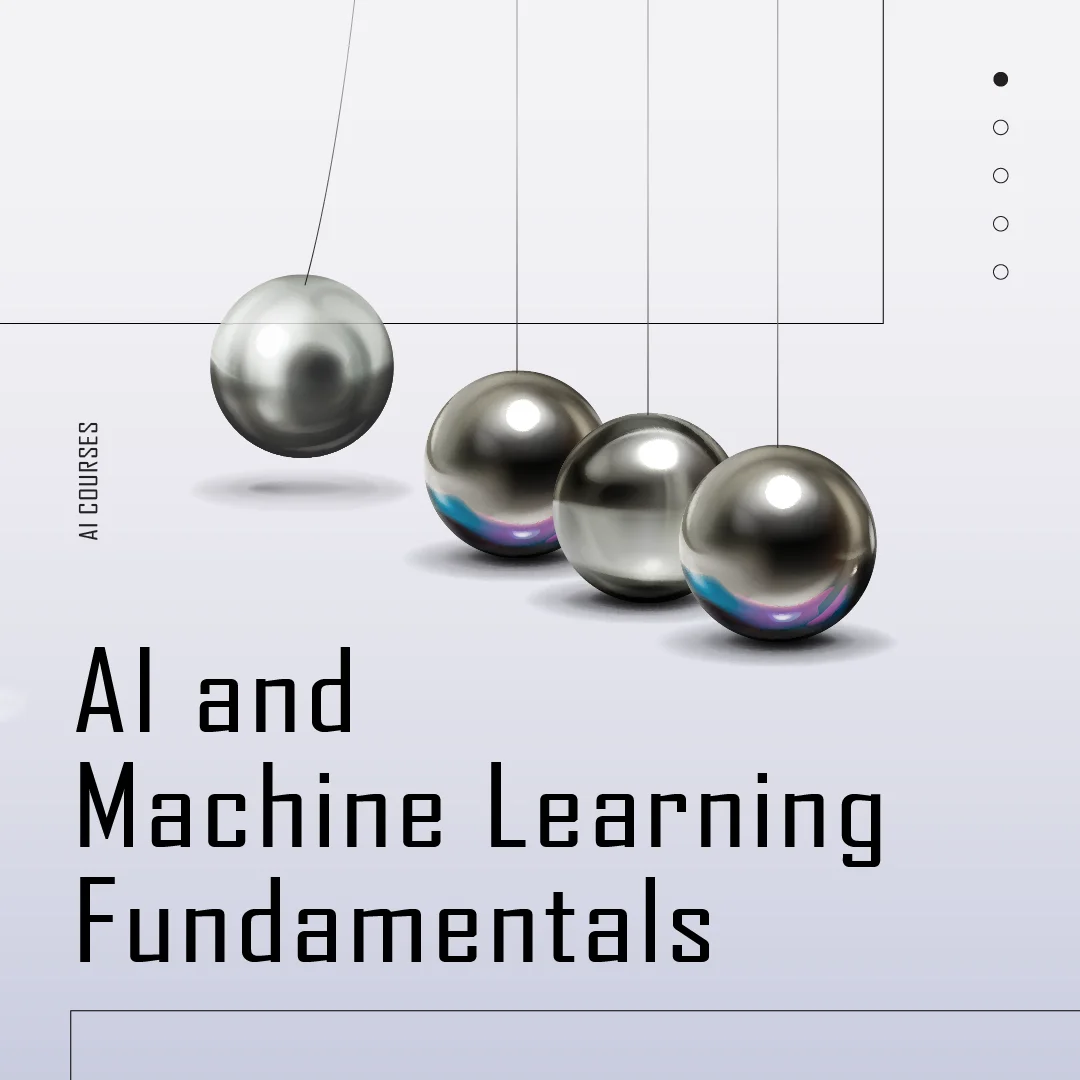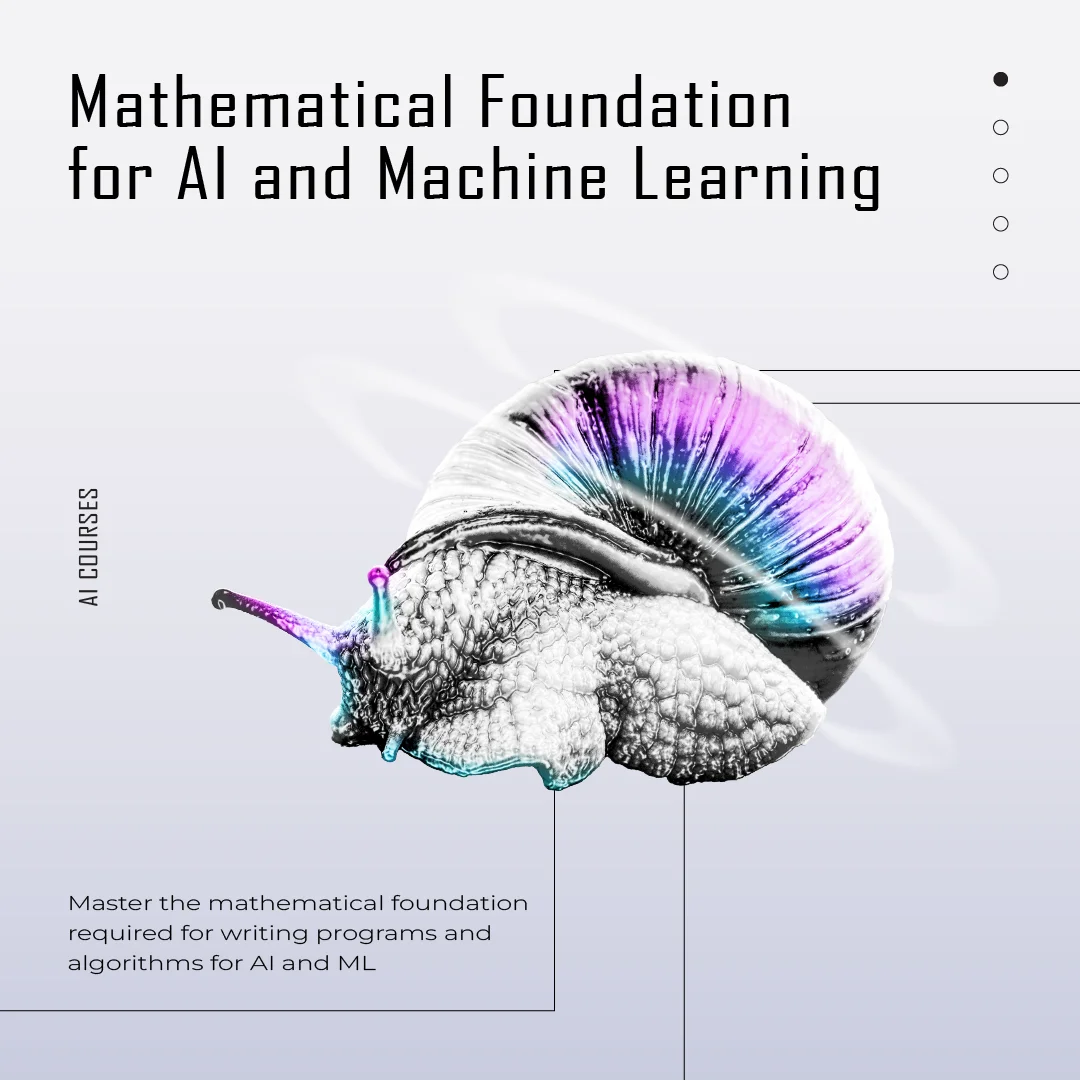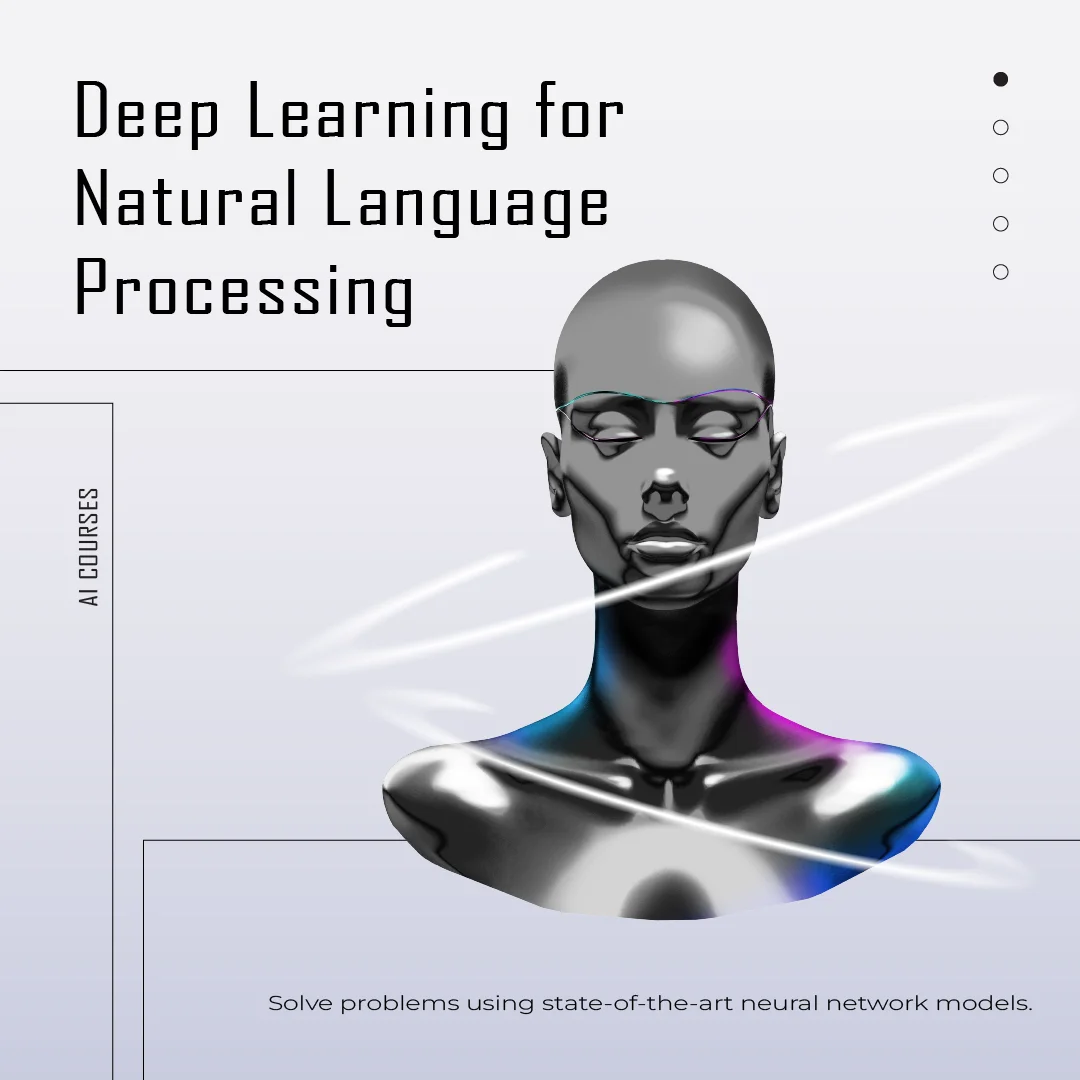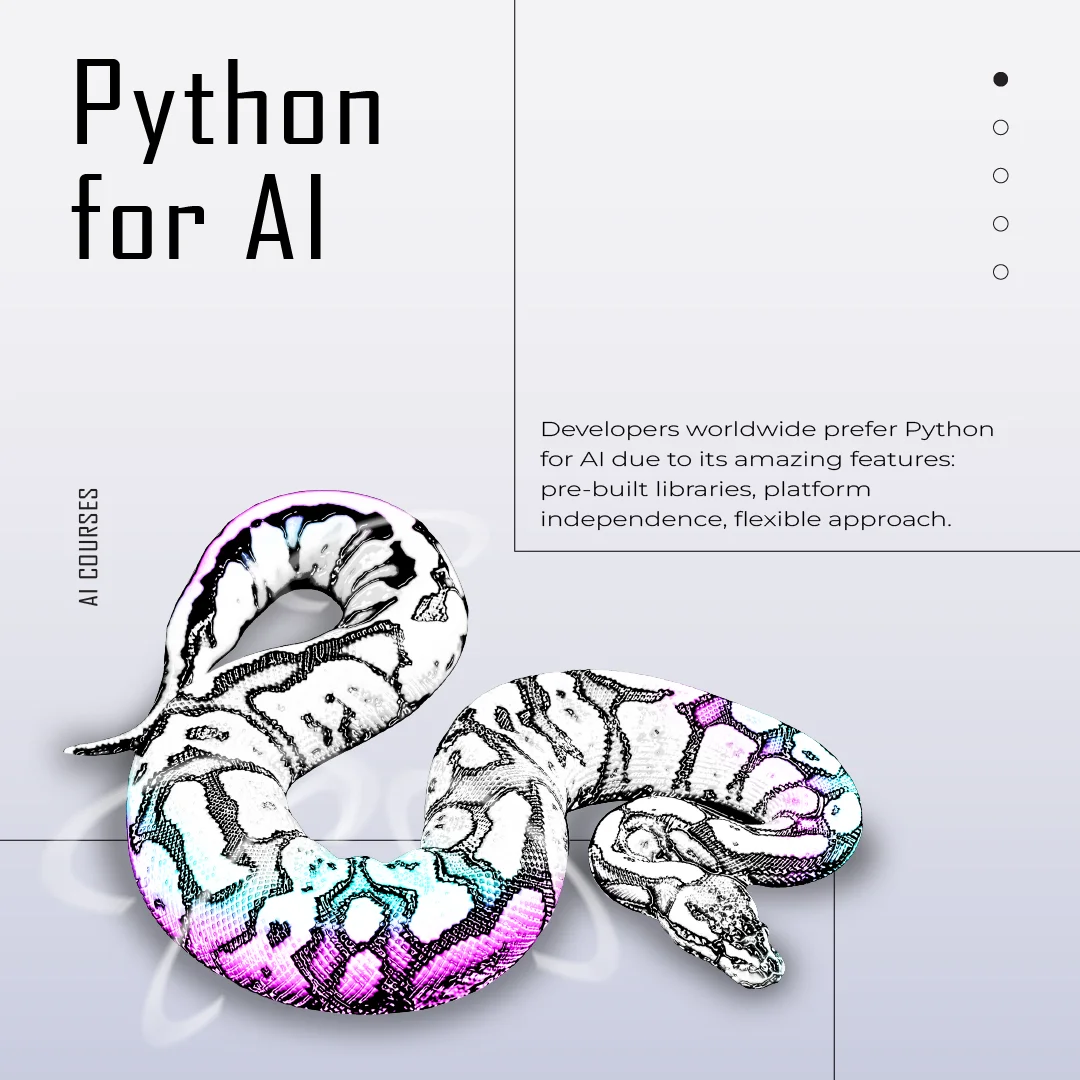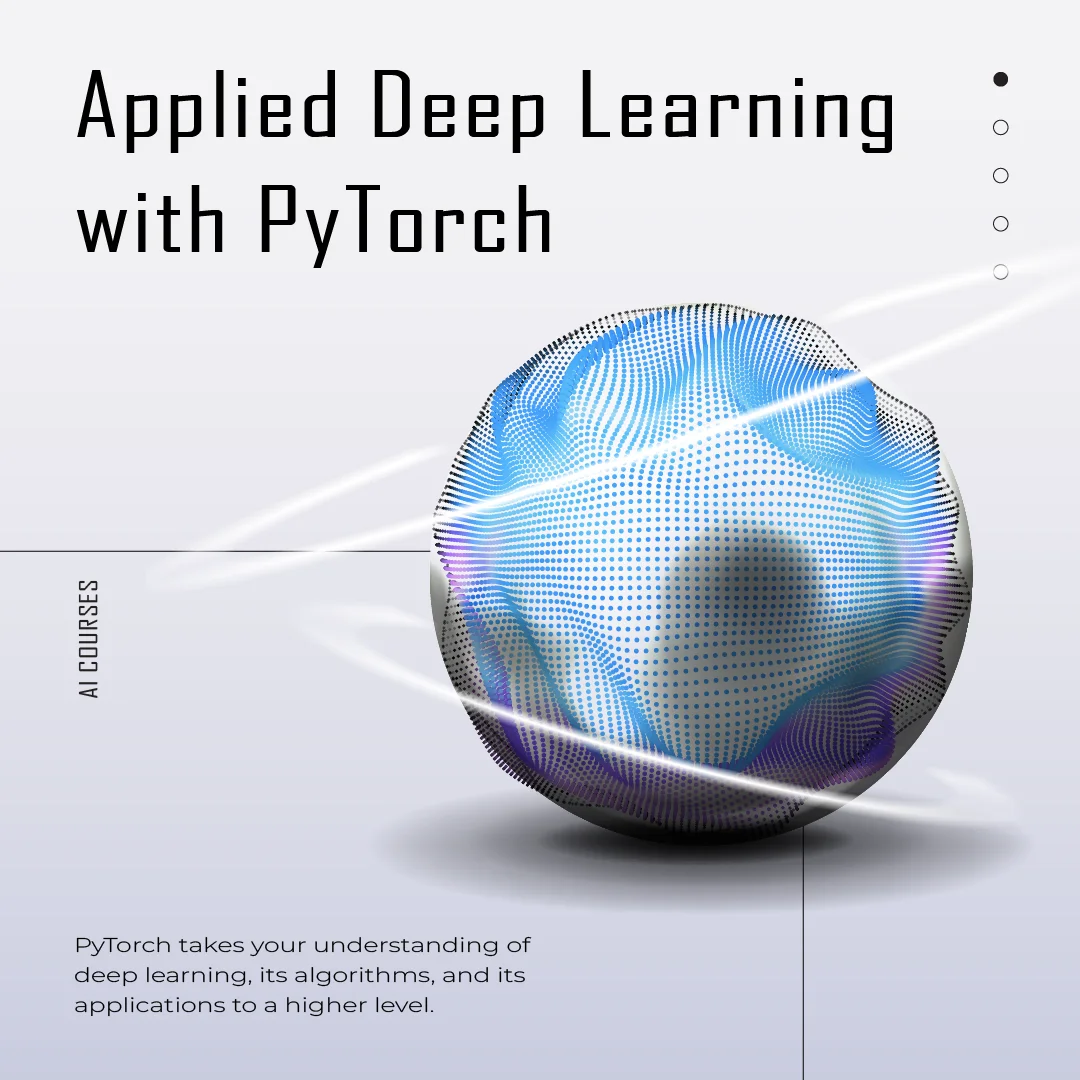Currently, a hot topic among students everywhere is the use of artificial intelligence programs to help with schoolwork. The public focus is on what applications like ChatGPT can do for students, but there are many more applications that make the work of professors, administrations and institutions easier as well. Read 15 ways artificial intelligence can serve for better education and a simpler educational process.
- Adapted learning according to the level of knowledge: Artificial intelligence determines the current level of knowledge of the student. Then the material presented to the students is adapted according to the individual level, that is to pay attention to personal shortcomings. This allows students who are behind in the material to get extra help in mastering it.
- Technology designed for students with learning disabilities: AI programs are capable of analyzing the needs of the student and, according to them, offer tools to help. A few examples are a voice reader for visually impaired people, a text viewer for dyslexic people or socialization exercises to develop communication skills.
- Automatic planning of teaching content: Teachers and professors can be assisted by artificial intelligence for optimal teaching planning. AI will be guided by an analysis of the learning process, allocating more time to those topics that are more difficult for students. What's more, AI tools also offer interpretation of materials to get multiple different explanations for the same topic.
- Optimal scheduling of tasks: So that you are not overwhelmed with tasks that you "run on and on about", AI can make a schedule for you on a daily, weekly and monthly level according to your personal standards. That way, you get a personal assistant who makes sure that the duties are carried out without rushing and without doing the same thing several times.
- Management of teachers' schedules and substitutes in case of absence: Programs are already widely used that create school-level lesson schedules for all classes and teachers. One step forward is going with artificial intelligence to minimize the time professors spend waiting between lectures, as well as to automate the calling of a substitute if a professor is absent.
- Management of rooms: The rooms for groups can be arranged in a similar way depending on the needs. Thus, each room will be used to its full potential, providing the resources that professors need. For example, large groups will not be assigned small classrooms, lectures that require projectors, radios, smart boards or other devices will be easily planned.
- Complete management of the institution: Artificial intelligence can cut hours of administrative work by monitoring the state of the entire institution. This includes student records, transportation, budgets, schedules, bills, spending and much more.
- Writing: Programs that offer help in writing reduce time significantly and raise the opinion of the author to a high level. Such programs, in addition to those in the form of ChatGPT that generate text, also exist for checking grammar, alternative vocabulary options or changing sentence structure.
- Communication between teachers and parents: All grades, messages and notifications exchanged between teaching staff and parents can be automated. This especially helps teachers who otherwise take some of their free time to exchange messages and update parents. By the way, this is a simple way to get a complete picture of parents' thinking through surveys and statistics.
- Learning new languages: Language learning apps offer content depending on the ambitions and prior knowledge of the users. They pace and time the material according to the student's personal preference.
- Grading: Research shows that teachers and professors spend almost 8 hours a week reviewing assignments and tests, that's one work day! That is why AI programs can read essays, automatically check procedures, and completely automate grading, where the professor would only be responsible for overseeing the grading and directing the system.
- Gamification of learning material to engage students: Artificial intelligence can be applied to variety of content and generate new content to keep students' attention and increase their success.
- Plagiarism detection: The use of content from the Internet and increasingly inventive applications with generative AI offer a dose of distrust in the authorship of texts. To solve the problem, new AI applications are being used to detect copies and plagiarism. They compare the text to many others on the internet and look for specific signs that the text is artificially generated.
- Lecture transcription: Especially useful for students who would like to have the notes and pay attention to the professor's speech at the same time. These programs convert lecture speech into a script.
- Analysis of students' success: Depending on the application, a complete analysis can be made of which subjects are the least successful, which professors are the most prepared, which students fail in which subjects, as well as the overall interest of the students.
According to research by the World Economic Forum, AI will replace 85 million jobs, but create 97 million new ones. and even 50% of employees will need additional training or restructuring. Be among the first Certified AI Practitioners, in these spaces, learn the principles and techniques of AI and Machine Learning and how to apply them in solving business challenges and creating innovative products and solutions.

